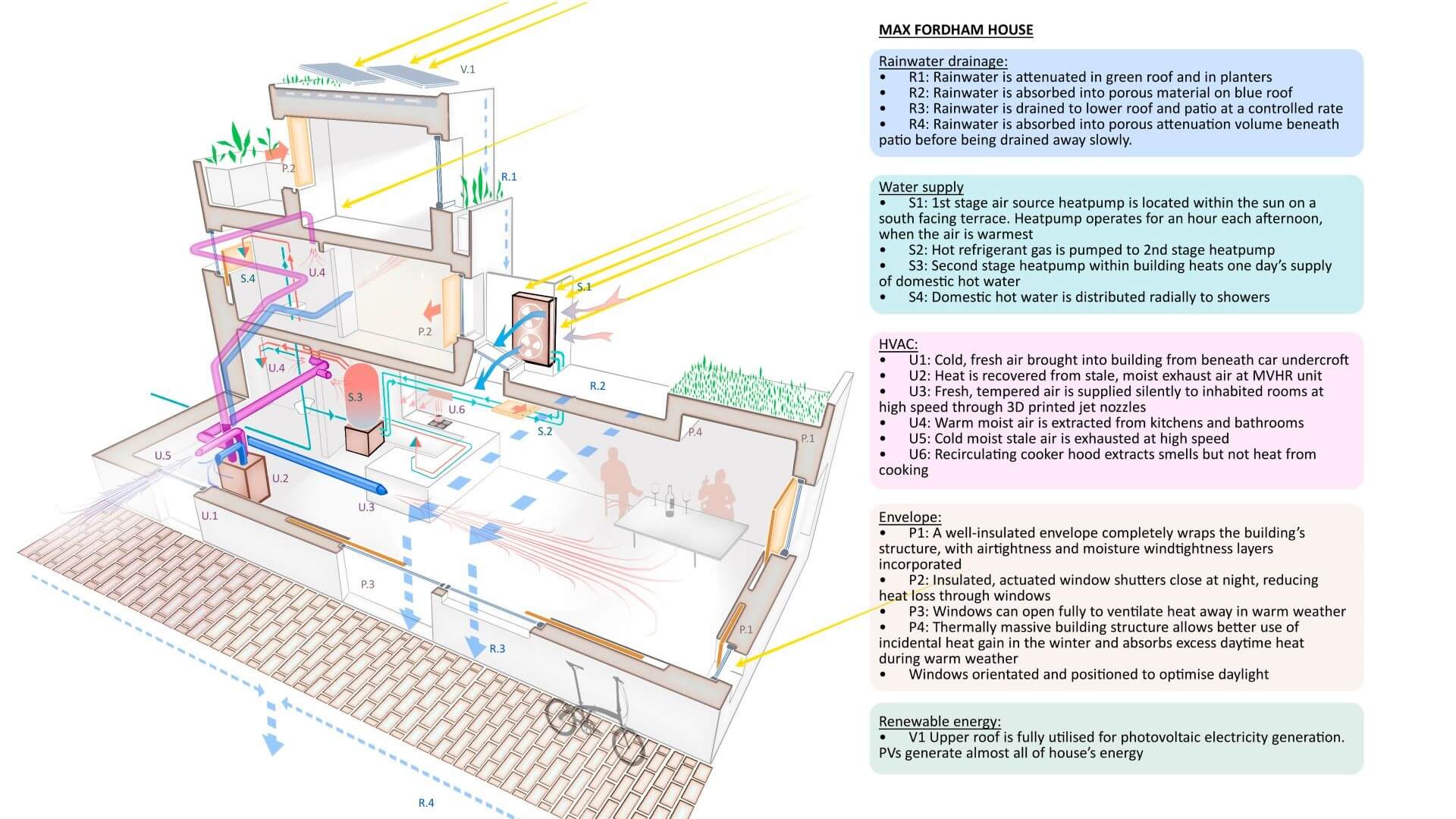UPDATED 1 Sept: The EI library in London is temporarily closed to the public, as a precautionary measure in light of the ongoing COVID-19 situation. The Knowledge Service will still be answering email queries via email , or via live chats during working hours (09:15-17:00 GMT). Our e-library is always open for members here: eLibrary , for full-text access to over 200 e-books and millions of articles. Thank you for your patience.
New Energy World
New Energy World embraces the whole energy industry as it connects and converges to address the decarbonisation challenge. It covers progress being made across the industry, from the dynamics under way to reduce emissions in oil and gas, through improvements to the efficiency of energy conversion and use, to cutting-edge initiatives in renewable and low carbon technologies.
UK’s first net zero home
13/4/2022
A London home has become the first residential building in the UK to be verified as ‘net zero carbon’ in line with the UK Green Buildings Council (UKGBC) Net Zero Carbon Building Framework, for both its construction and operation.
Max Fordham House in Camden was designed for and lived in by Max Fordham, the British designer and engineer who founded the building services engineering firm of the same name, and sadly passed away earlier this year.
The house features a roof mounted PV array that meets 25% of the home’s energy demand, meaning no offsetting is required for the home to achieve net zero carbon in operation. It used concrete with low carbon cement replacement in construction, and natural materials such as timber for the roof structure, window frames and façade. The internal insulation is made of wood fibre, and has flooring made from cork.
Energy efficiency measures include triple-glazed windows designed and positioned so that electric lighting is not needed during the day, with internal insulating shutters that close when heat would be lost at night. The heating load is so low that on completion in 2019, Fordham held a literal ‘housewarming’ to raise the home’s internal temperature and avoid the need for heating for several months.
To achieve net zero carbon for the emissions created during construction, an investment in offsetting was made at the voluntary cost of £70/t, far higher than the market rate.

Max Fordham House engineering approach
Source: Max Fordham LLP
